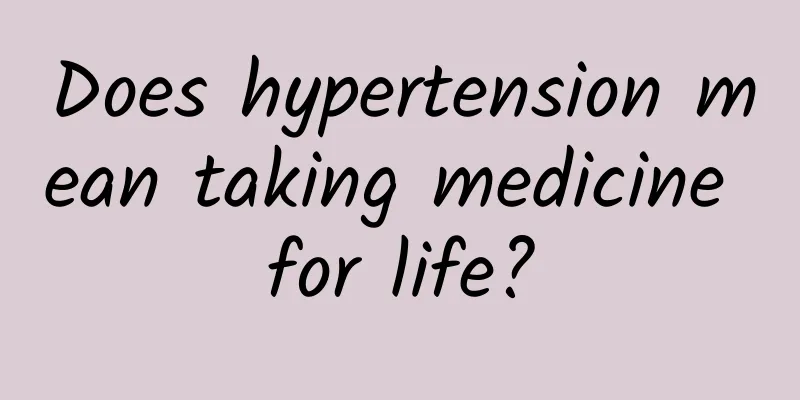What does non-neoplastic ovarian cyst mean?

|
Non-neoplastic ovarian cysts are also known as non-neoplastic ovarian cysts. Most of them are functional ovarian cysts, including follicular cysts, corpus luteum cysts, lutein cysts, inflammatory ovarian cysts, polycystic ovaries and uterine ectopic cysts (i.e. uterine and ovarian chocolate cysts). For example, follicular cysts, corpus luteum cysts, sphingomyelinating cysts, polycystic ovaries, etc. The first three types of storage cysts are multifunctional. 1. Follicular cysts are caused by the failure of mature follicles to remain or to lock, resulting in retention of egg fluid and formation of follicular cysts. 2. Corpus luteum cyst Corpus luteum cyst is relatively common and can be seen during the menstrual cycle and pregnancy. It is a cyst caused by the enlargement of the corpus luteum of the ovary, and its diameter can reach 3cm. 3. Sphingomyelinating cyst is a special type of cyst caused by moist leaf disease. It is a cyst caused by the stimulation of a large amount of gonadotropin in the body, which causes the ovary to produce sphingomyelinating reaction. 4. Polycystic ovary: The ovaries on both sides are enlarged, containing multiple small cysts, often combined with endocrine dysfunction such as ovulation, including polycystic ovary syndrome, which is often accompanied by oligomenorrhea or amenorrhea, infertility, excessive hair growth, obesity, etc. 5. Ovarian corona cyst is a tumor-like structure and also belongs to the category of non-neoplastic cysts. 6. Uterine and ovarian abscess is common and is a type of uterine and ovarian disease. Ovarian cysts are a type of uterine and ovarian tumor, which may be benign or malignant. Therefore, after discovering an ovarian cyst, the first thing to do is to diagnose whether it is benign or malignant. In addition, it should be noted that sometimes the uterus and ovaries appear cyst-like changes, but they are not cysts, such as polycystic ovaries, corpus luteum cysts, and endometriosis in the uterus and ovaries. Frequently Asked Questions: The diet should be light in taste, contain sufficient nutrients, correct picky eating and abnormal eating structure, and do not eat spicy food, seafood, etc.; alcohol, tobacco, onions, garlic, chili peppers and other spicy foods are prohibited. In addition, greasy, fried, moldy and other foods are not allowed. Beef, mutton, amaranth and other hot and blood-moving foods should not be consumed; during menstruation, any intense sports competitions and heavy physical work are strictly prohibited. |
<<: How long does it take to have a painful abortion?
>>: What is ovarian crown cyst?
Recommend
Why do I fart a lot during early pregnancy?
Pregnant women become the focus of family protect...
Is it a boy or a girl if morning sickness is severe?
If the baby has severe morning sickness, is it a ...
What is breast pain?
What causes pain around the breast? Many people h...
What is the structure of the breast?
Nowadays, many women pay special attention to bre...
Benefits of Aromatherapy Bathing
Aromatherapy is a popular care method that is lov...
Does regular drinking affect your period?
Drinking is now an indispensable part of the dinn...
What does it mean when your girlfriend says you are stupid? How do you respond when your girlfriend says you are stupid?
Girls are creatures with complicated thoughts. Th...
Sleepiness in early pregnancy determines whether the baby is a boy or a girl
After pregnancy, I believe every pregnant woman i...
What should I do if I have lower abdominal pain during my period?
If you feel pain in your lower abdomen during you...
There are diseases that have no known cause. What should we do?
Huazi has a friend who suffers from stomachache a...
Causes of abdominal pain during menstruation
Some female friends have no demands on their own ...
How long does a painless abortion normally take?
Everyone is very familiar with painless abortion,...
Where is the best place to go to Tibet? What is the route from Hangzhou to Tibet?
Nowadays, many people like to travel to Tibet, bu...
What are the symptoms of kidney yang deficiency in women?
Many people often hear about male kidney deficien...
Why do girls often feel sleepy?
People often feel sleepy easily, and this phenome...









